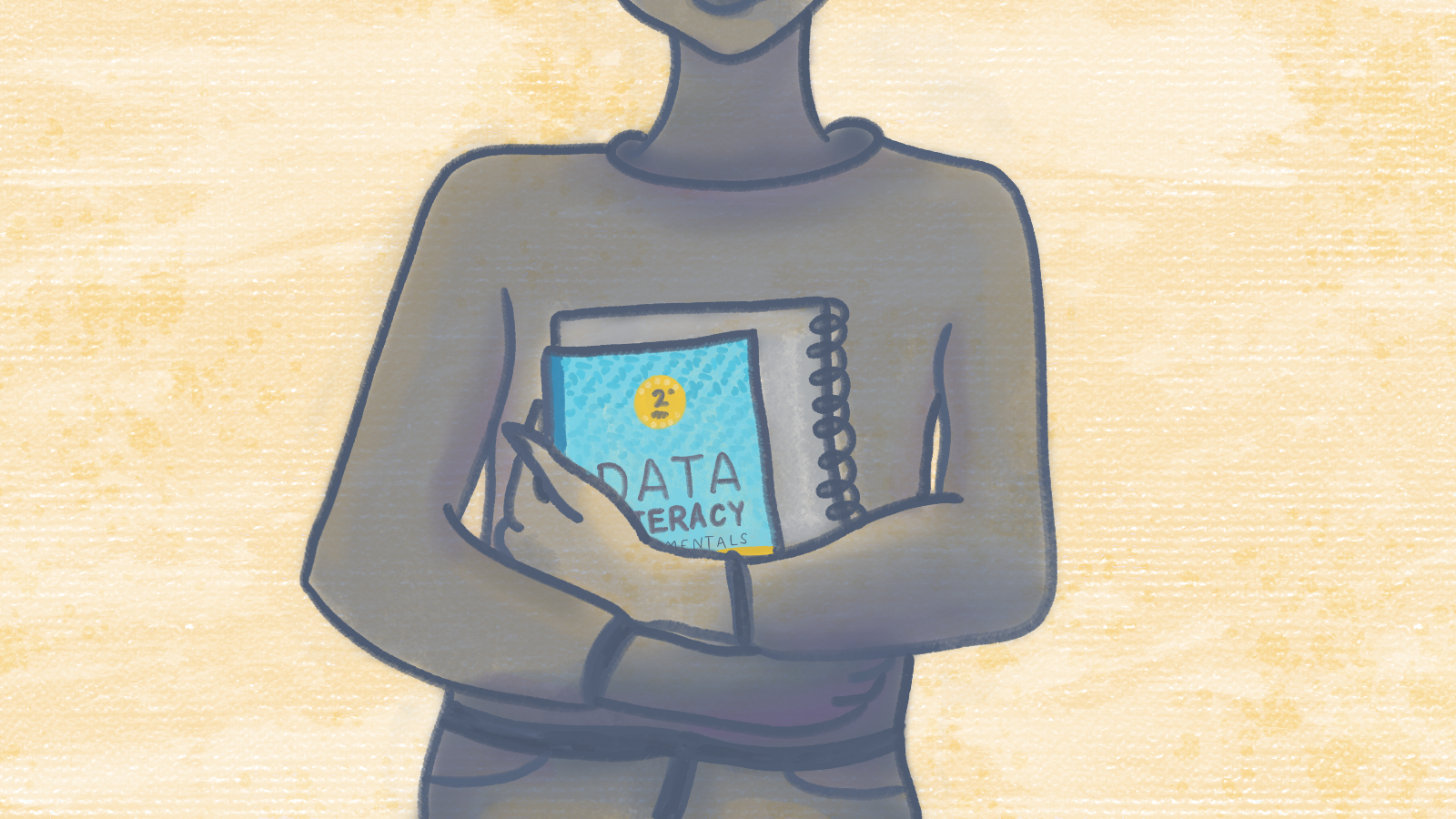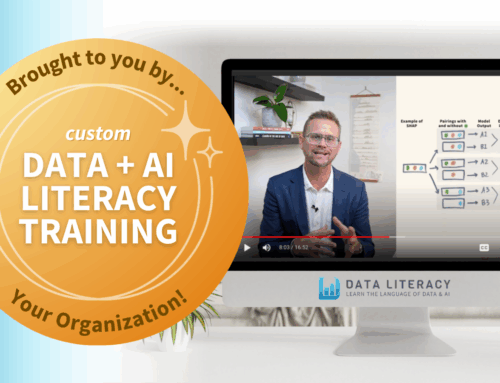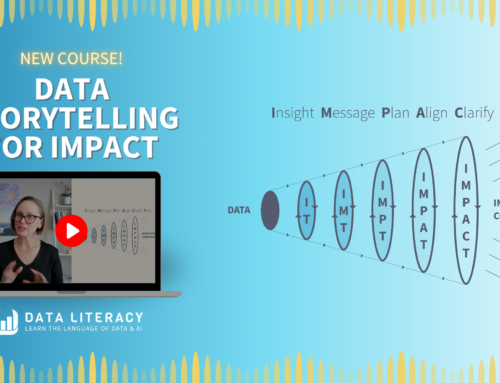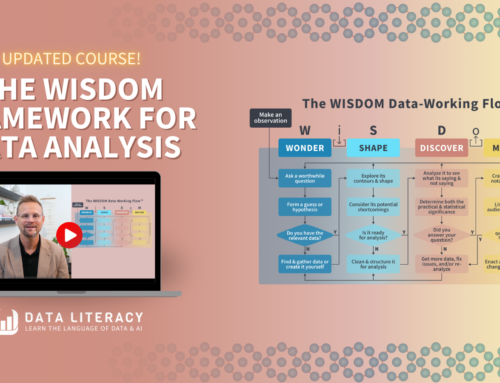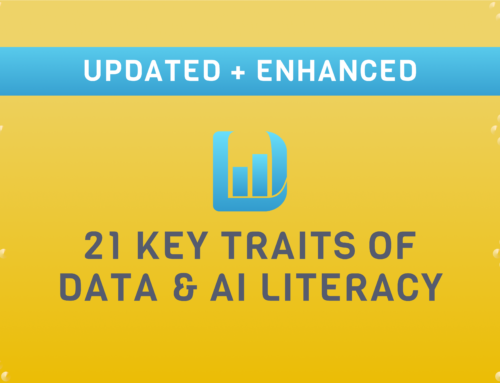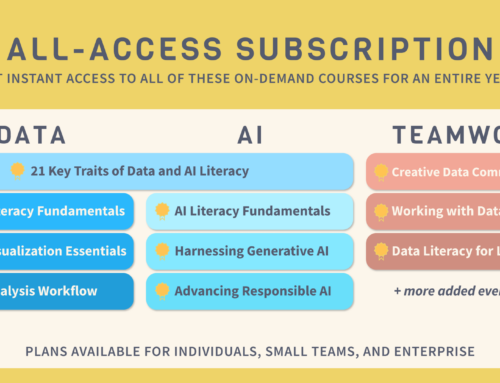Reflections on the 2nd Edition of Data Literacy Fundamentals
Hi everyone, Ben Jones here, coming to you unfiltered.
I thought I’d make this announcement blog post informal, just to give us all a change of pace from the formulaic, AI-generated stuff we’re seeing more and more in content like this. Hey, why not? But don’t worry, I won’t write it in the style of my kids’ text messages. Please don’t let the presence of punctuation fool you like it once fooled my youngest son, though: putting a period at the end of a sentence doesn’t mean I’m upset or mad or anything, just that I’ve been conditioned over the years by my copy editor.
Well, today is kind of a big milestone for me. As some of you know, I’ve been busy writing books for the past decade or so, but I’ve never gone back and created a second edition to any of them. So this is a first for me, and it’s extra special because the book I’ve revamped is the one that I feel is my most important work to date: Data Literacy Fundamentals.
I’m also proud that we’ve decided to launch the paperback version of this book with IngramSpark, an outfit that supports small publishers like ours, as well as the kind of brick-and-mortar bookstores that I’ve loved perusing since I was a kid. Can you order the paperback from Amazon? Sure you can, you’ll find it over there. And I bet they’ll ship it to you faster. But while getting this book may be really important (okay, I’m biased), I highly doubt next-day shipping is necessary. So, why not support the smaller players in the market? Monopolies are for billionaires, not the rest of us. Speaking of the little guy, if you’re considering buying the ebook, cut out the juggernaut of a middle man and buy it directly from us.
A trip down memory lane: We published the first edition of this book back in 2020. What a challenging year that was! I wrote it feverishly (perhaps literally) during the COVID-19 pandemic. I had published books with two traditional publishers previously, but I wanted full ownership over this one, so we published it ourselves. This wasn’t a case of self-publishing, but rather of becoming a publisher. Our vision was that the company, Data Literacy, would publish the work of many authors in the data world, not just me. We’ve been doing just that, expanding to three authors, with hope to add even more, so contact us if you have a proposal that would help people learning the language of data and AI.
So the company published the first edition of this book, and every one of my books since. And we’ve added books by others – first, Anna Maria Steverson, and then Alli Torban. But we certainly can’t claim to have created these books all by ourselves. That has taken a team: authors, copy editors, cover designers, graphic designers, book producers, technical reviewers, and – most importantly – readers. That’s you! On behalf of the Data Literacy team, I have to say a huge word of THANKS to each and every one of you. These books wouldn’t exist without you all.
Why did we decide to revisit and republish this particular book? It’s easy: a lot has changed since 2020. We believe this book contributes to a much broader movement: The Data & AI Literacy Movement. That movement needed more from this book than it was getting, so I went back to the original files and made a rather large number of improvements and additions:
- It needed more mentions about the impact of artificial intelligence, so I added a section called AI Applications & Implications (see what I did there?) to each and every chapter. No chapter escaped the re-writing process unscathed.
- It needed advice for those looking to start and lead Data Literacy Programs within organizations, so I added a brand new ninth chapter titled “The Nine Steps to Organizational Success.”
- It needed newer, better graphics and cover art – what do you know? – Alli had already created them for the revamped version of the course of the same name.
- It needed elements that are commonly found in books that people go back to as a reference, specifically a glossary that includes 144 critical terms, and an index.
- And, whether it needed it or not, I added my own reflections on this budding movement, still so nascent, with so far yet to go. You can find those musings in the preface to the second edition.
Okay, I’ll wrap it up here! I’ll just end by saying that whether you bought the first edition or not, I hope you buy this one, read it, get a lot out of it, and rate and review it on Amazon and elsewhere so that it gets the visibility we believe it needs.
And for that, I’ll thank you all in advance. A movement needs plenty of advocates. Together, we can help the world speak the language of data and AI, and maybe – just maybe – that’ll make a difference.
I hope so!
Thanks for reading,
Ben
Palm Springs, Feb 18, 2025

